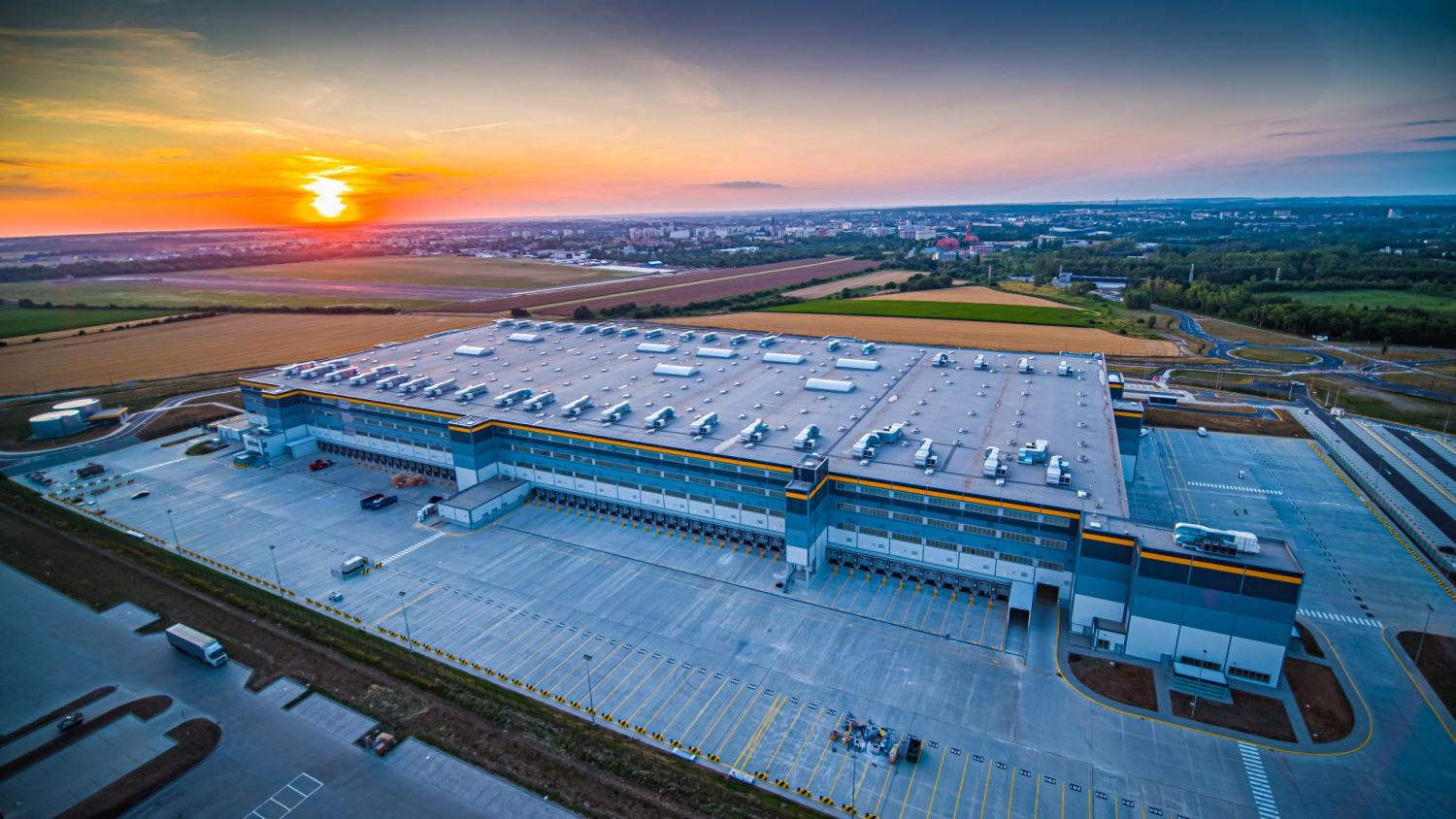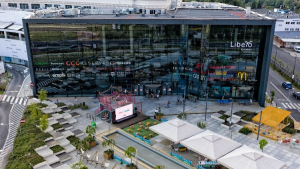
Savills Investment Management prefers long-lease income streams in 2020 instead of value-add and opportunistic strategies that depend on economic and strong employment prospects. The international real estate investment manager published its market outlook.
At the current late stage of the investment cycle, the outlook for pan-European occupier markets is weaker than it has been for some years. Various forecasters expect economic growth to remain subdued over the next 12-18 months as global demand loses momentum and several geopolitical risks remain unresolved. Nonetheless, Savills IM’s 2020 outlook highlights that opportunities remain in the office, retail and logistics sectors, but investors must be mindful of asset location, structural changes and resilient formats, among other characteristics.
Andreas Trumpp, Head of Research Europe at Savills IM commented: “At this point in the cycle, we are seeking long income streams. We prefer CBDs, fringe-of-CBDs and central city locations where buildings are located close to good transport infrastructure. Markets, where modern, efficient office space is in short supply, can also provide some interesting opportunities. Multi-let assets with short lease lengths in central locations provide opportunities for rental growth via active management. Retail assets that cater to the shopping experience, such as outlet centres, or convenience shopping formats such as retail parks – which have limited nearby competition and are easily accessible to large population catchments – look attractive, too. Accessibility to main transport networks and labour are crucial ingredients in the logistics recipe. As such, we like large modern distribution warehouses that are close to main transport networks as well as smaller urban facilities within, or nearby, large and high-density cities.”
Key themes highlighted in the report include:
Offices
The scarcity of modern, Class A space means some rental growth can still be expected in the mid-term, albeit more limited than in previous years. Expectations of lower-for-longer interest rates mean property yields may take longer than expected to bottom out, extending the cycle. In this case, investment volumes should hold up as the attractive gap between office yields and government bond yields persists. High-quality assets with stable sources of income can provide safe havens, while regional office markets in which availability is tight may look attractive from a pricing perspective.
Key picks include modern office buildings in well-connected areas of Brussels, Luxembourg, the fringe-of-CBD in the top seven German cities, Paris, Lyon, Milan, Helsinki, Oslo, Stockholm, Lisbon, Madrid, Barcelona, London, Krakow, Wrocław and TriCity. Core/core-plus opportunities in Copenhagen, Stockholm, Vienna, Germany’s top seven cities (Berlin, Cologne, Düsseldorf, Frankfurt, Hamburg, Munich, and Stuttgart) and Warsaw are also highlighted in the report.
Retail
Technological developments, demographic shifts and changing consumer behaviour are driving huge changes across the European retail sector. Those assets that offer consumers an enhanced shopping experience or convenience are more resilient to the disruption of changing shopping habits. Attractive risk-adjusted returns are still available for investors who select assets that can withstand and benefit from structural changes, for which active management is key.
Key picks include prime retail parks in areas with positive long-term demand prospects in the Netherlands, France, UK, Ireland, Germany, Italy and Sweden, especially if they are food-anchored and include services and experience, in addition to prime high street assets in France, the German top seven, London, large cities in Italy, Copenhagen, Aarhus, Stockholm, Lisbon, Madrid and Barcelona.
Logistics
Occupier demand drivers are moderating due to the weak European economic outlook and rising operating costs. However, the logistics sector is set to benefit from structural changes such as the implementation of new technologies, automation, changes in consumer habits and development initiatives such as the New Silk Road from China to Europe. Rising completions will challenge rental growth, but the investment market is set to remain healthy in 2020 due to large volumes of capital available and attractive yields compared to other sectors.
Key picks include modern distribution centres along the main transport corridors around Vienna, Paris, Lyon, Marseille, Ireland (M50), Northern Italy, the main German logistics clusters, Sjaelland in Denmark, Helsinki, the Swedish logistics triangle, hubs in Poland (such as Warsaw and Wrocław), along the main transport corridors and near the main ports in Portugal, Madrid, and Barcelona and urban logistics and smaller-to-medium-sized warehouses in the Netherlands (Bleiswijk), UK, major German conurbations, Copenhagen, Stockholm, Helsinki, Norway and selective opportunities in Austria
Poland
Poland is amongst the fastest growing economies in Europe. According to Oxford Economics forecasters, GDP will rise by 3.2% in 2020, and national growth factors should remain stable. This creates very good conditions for investing in various real estate sectors. The revival of the Warsaw office market is driven by demand from the technological, financial and service sectors. According to Savills Research, rental growth for office space should continue in 2020. This will be correlated with a decrease in vacancy rates, especially in central locations. Returns on the best office investments will be at the level of 4.5%, which provides an attractive alternative to the developed Western European markets.
In turn, the development of the logistics space market and its geographical diversification are driven by demand from logistics tenants and the growing e-commerce sector. Rapid rental growth has recently slowed down. Nevertheless, a further increase in the level of effective rates is expected in the coming months, among others due to growing construction costs.
Despite large consumer spending, the mature retail sector is becoming more polarised in Poland. According to BNPPRE (BNP Paribas Real Estate), state-of-the-art shopping centres enjoy high demand and a high level of commercialisation; however, older assets are increasingly exposed to e-commerce competition and negative changes in lease models.
Savills IM’s key picks are attractive office assets in Warsaw, which guarantee income stability through their location and convenient access to the transport infrastructure, carefully selected office projects on regional markets such as Kraków, Wrocław and Tricity, modern distribution centres with high potential for value growth, located along the main transport corridors, supporting multimodal transport, assets near urban areas and in newly emerging logistics clusters.
Andreas Trumpp added: “Whatever strategy investors take, we would advise them to partner with asset managers who have the local expertise and on-the-ground knowledge to pinpoint and secure the best opportunities in what will be challenging markets.”



